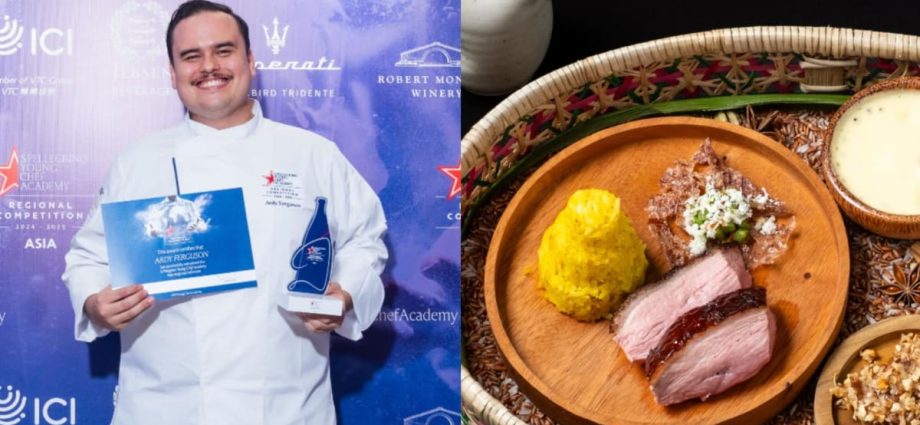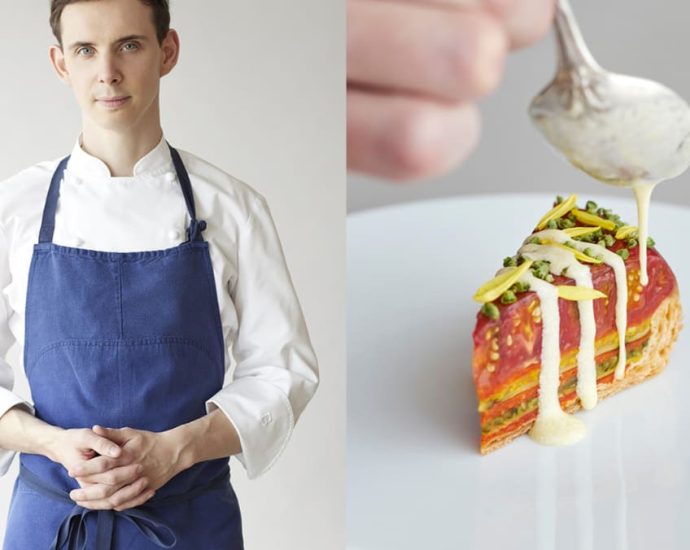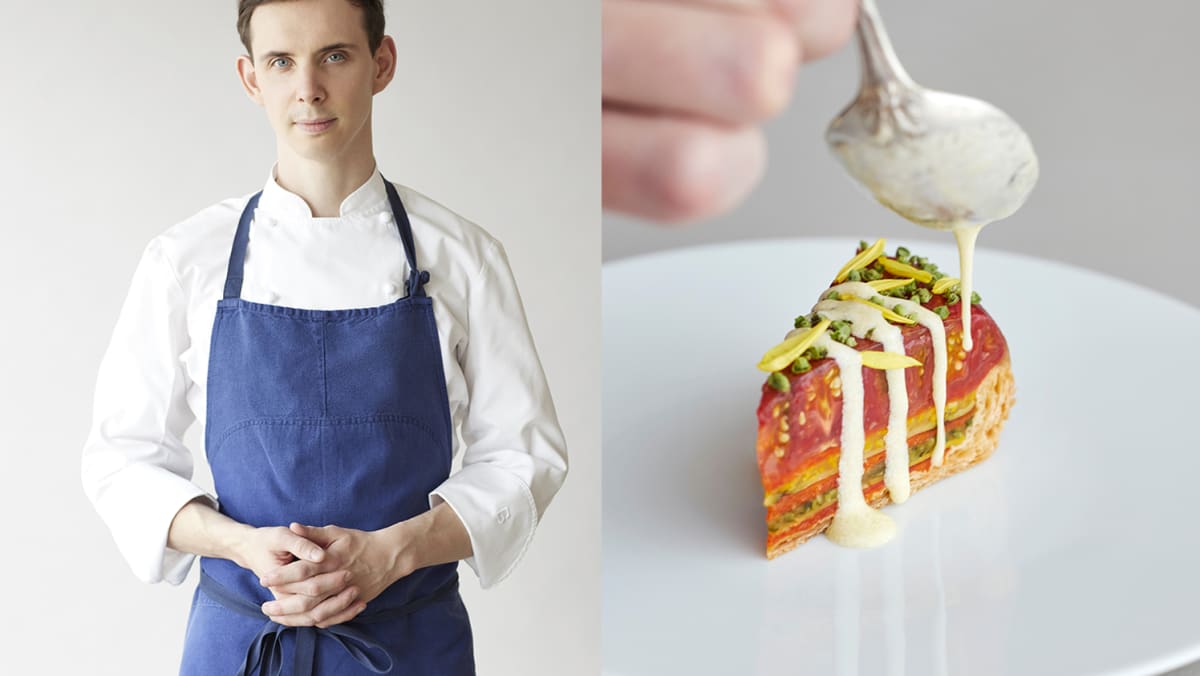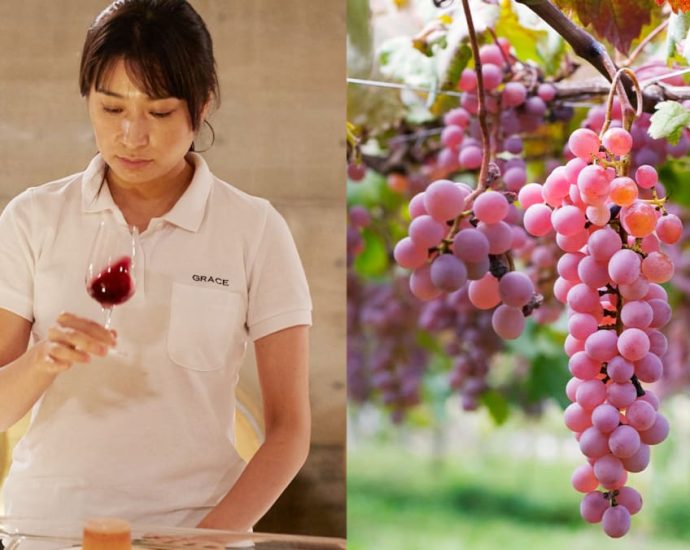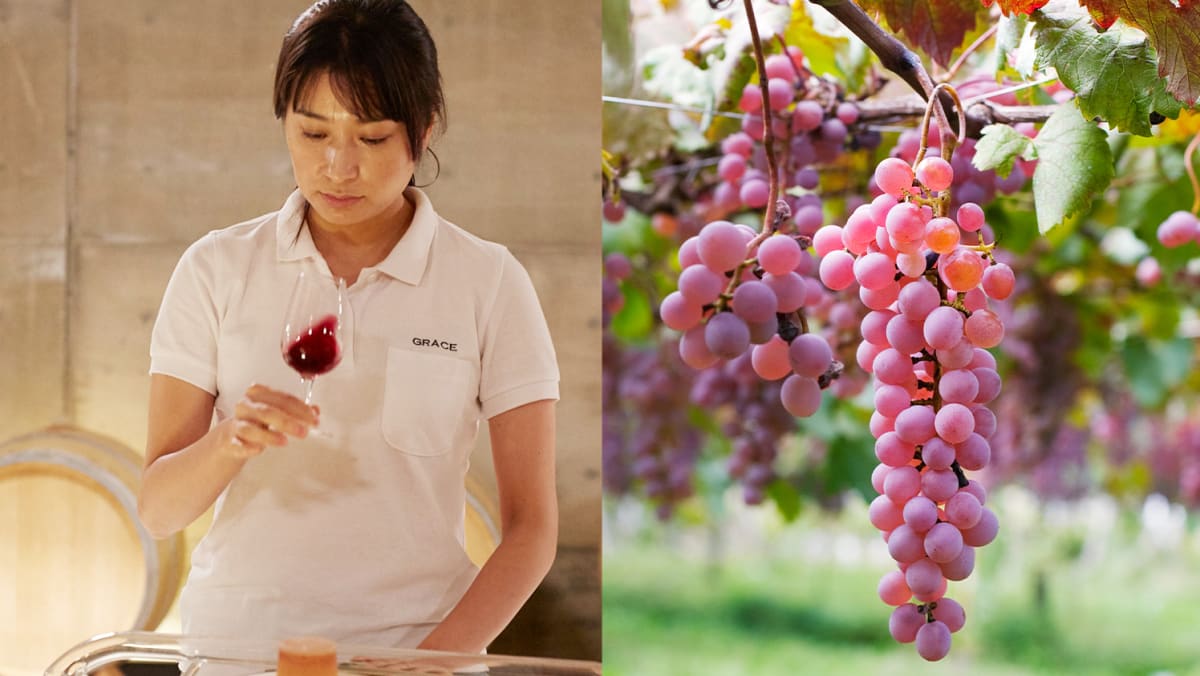Indonesian-Canadian chef wins regional S.Pellegrino Young Chef competition with his nasi tumpeng
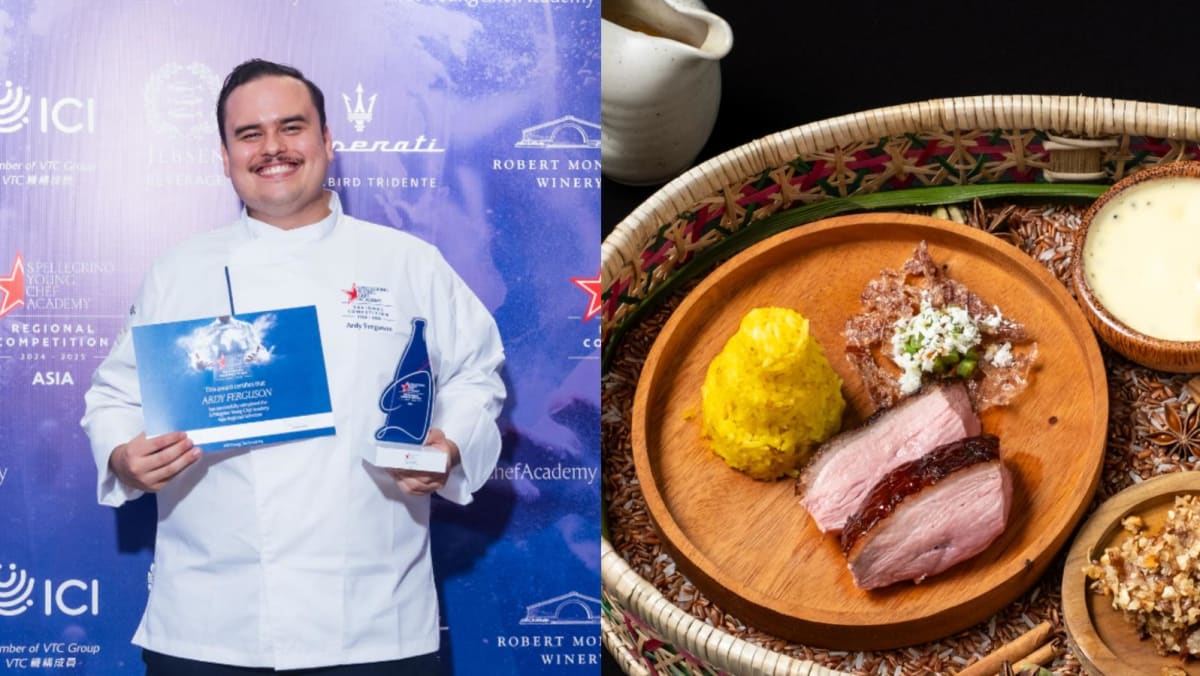
Under the guidance of his chef mentor, Mathew Kirkley, Ferguson reckoned his winning edge was serving hot food. He used a metal bowl and kept it in the steamer at 85 degrees Celsius, removing the bowl just before the dish was served. The judges were duly impressed that the rice was still piping hot at the presentation.
“My sauce was a sate padang base. I roasted the duck bones, but I also used cinnamon, chillis, nutmeg, coriander, and fresh coconut milk – Indonesia is a spice island. I wanted to pack it all in. I used all the pulp to make the sauce which gave it an intense underlying tone of coconut.”
Roast meats are a hallmark of Hong Kong’s culinary scene and Ferguson adapted the technique to cook his duck – first scalding it, then lacquering it in red wine vinegar to give it a beautiful colour before smoking the fowl with sugar cane – the result is a delicious sweet and smoky roast paired with the rich blend of Southeast Asian spices and flavours over piping hot rice.
ASIA’S RISING CULINARY STARS AND NEW TALENT
Kevin Wong of Seroja, a former global finalist at the S.Pellegrino Young Chef Awards and guest chef at the event shared: “The scene has really evolved since I participated as a young chef. We’ve grown as a community and many chefs have given their insights and feedback to our Singaporean candidates. Less is more to create impact, when there’s too much going on, you lose focus on the main purpose of the dish. Food has to be eaten, the tastebud has to be wowed before it pleases the eye.”

